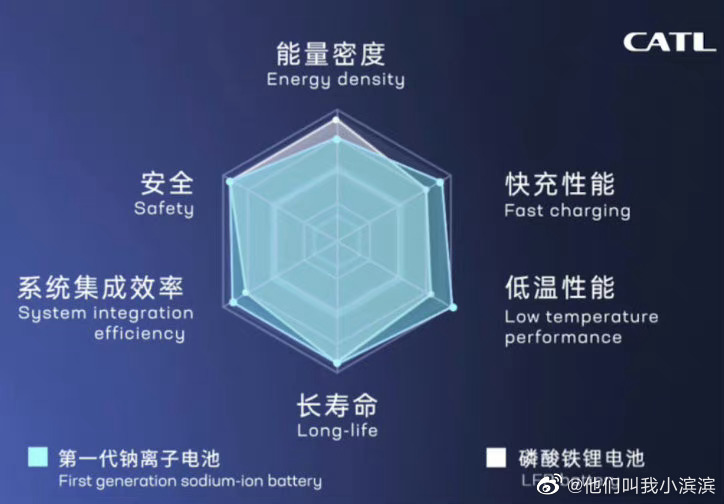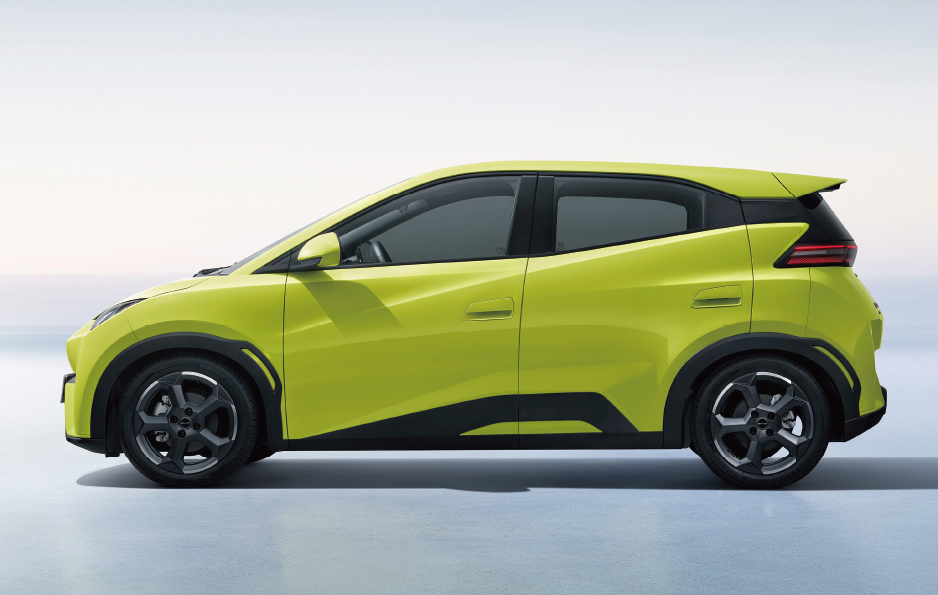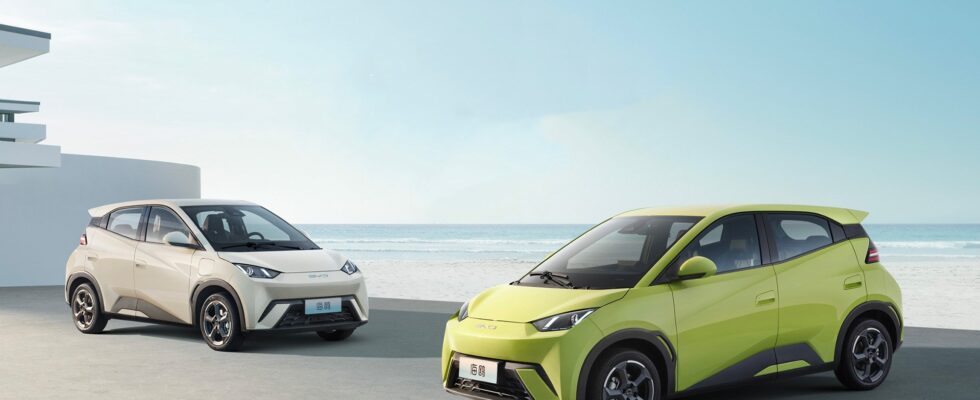The Chinese giant BYD, currently world number 2 in the field of electric cars behind Tesla, is taking a close interest in lithium-free (sodium) batteries. The company should mass produce this new solution by the end of the year, like its rival CATL. And she would have found the solution to counterbalance the disadvantages of the battery without lithium.
Electric cars are now meeting with growing success, despite some obstacles that still remain, such as autonomy and price. Two obstacles that will soon no longer be so, with the development of fast charging solutions and the price reductions operated by manufacturers, such as Tesla. While some are opting for smaller batteries, such as Ford or Renault, others are developing alternative solutions.
The lithium-free battery: a small revolution
One thinks in particular of the sodium battery, which completely gets rid of cobalt and lithium. Because the latter is expensive, despite a slight drop, and remains very polluting to extract in some countries. Not to mention the fact that specialists fear a shortage due to growing demand. It is therefore important to find alternatives to this material.
NMC (nickel-manganese-cobalt) batteries contain lithium and are expensive. This is why Stellantis and Ford want to opt for LFP (lithium – iron – phosphate) packs. But sodium batteries are a very interesting alternative, which is currently under development. This solution makes it possible to completely do without lithium. Or almost, depending on the case.

Because as the site explains It Homethe Chinese giant BYD is currently developing hybrid technology, combining sodium with lithium. The world number 2 in electric cars is following in the footsteps of its rival CATL, which has also unveiled its new battery, which will equip the first car of the new iCAR brand created by Chery.
It will also be implemented on the QQ Ice Cream and the small eQ1, also known as Ant. As we explained in a previous article, this accumulator could work for 18 years and over 800,000 kilometers. We do not know for the moment if it will be the same for the battery designed by BYD.
Launch in 2023
As the site reminds CarNewsChinathe company, which also markets several models in Europe, announced last December that its sodium battery would be ready for mass production in 2023. If the manufacturer has not yet said on which car it would be installed, we are already beginning to have an idea.
It could be the new BYD Seagull (seagull in Shakespear’s language), officially revealed a few days ago. Rival of the Dacia Spring for the time being only reserved for China, this electric city car could completely invade the European market a little later. For now, itit is equipped with an LFP battery designed by BYD offering a capacity of 30 and 39 kWh.

But this newcomer to the range alongside the Seal and Dolphin, which will also be marketed on the Old Continent, is not the first car to be equipped with this technology. Last February, the Sihao Flower Fairy was unveiled, also equipped with a sodium battery. A few days later, it was the turn of the Farasis Energy EV3 to be made official, designed in partnership with Renault.
The disadvantages of the sodium battery
If this technology is very promising, in particular by displaying a reduced cost, it is however not free from defects either. Indeed, charging is slower than with lithium technology, as is the energy density. Which means that autonomy will be lower. But it is an interesting alternative, pending the development of solid-state batteries, which will not happen before the end of the decade.
Above all, by creating a hybrid battery with a lithium part and a sodium part, BYD and CATL greatly reduce the major drawback of the sodium battery. It is kinda the best of both worlds : the attractive price of sodium and the superior performance of lithium. Of course, a 100% sodium battery will always be cheaper than this hybrid battery.
Do you use Google News (News in France)? You can follow your favorite media. Follow Frandroid on Google News (and Numerama).
